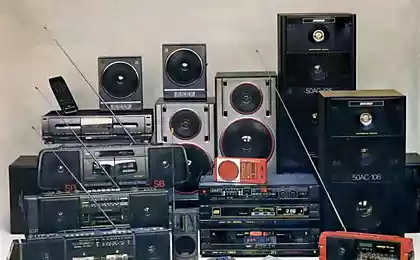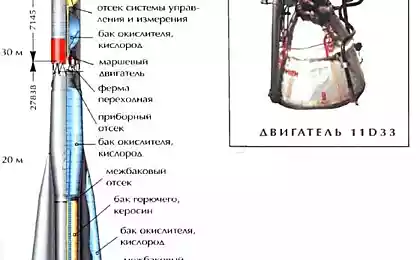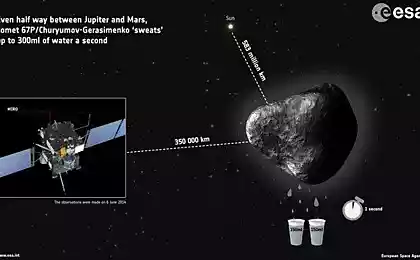508
The most famous space projects to study comets
International Cometary Explorer
The spacecraft, which first was called the International Sun/Earth Explorer 3, launched August 12, 1978. The first mission of the unit was to study the solar wind and radiation. The second task, called the International Cometary Explorer involves the study of comet Jacobini-Zinner and Halley's comet. ICE is the first device in history it flew through its tail at a distance close to 7800 miles. His mission ended on 5 may 1997.

Interplanetary station VEGA
Soviet automatic interplanetary stations VEGA-1 and VEGA-2 was created to study the Venusian atmosphere and Halley's comet. 6 and 9 March 1986 "VEGA" passed at a distance of 8890 km and 8030 from the comet's nucleus. They received close to a thousand photographs of the comet, study its composition and characteristics of movement.
See also: 3 major cosmic threats to humanity
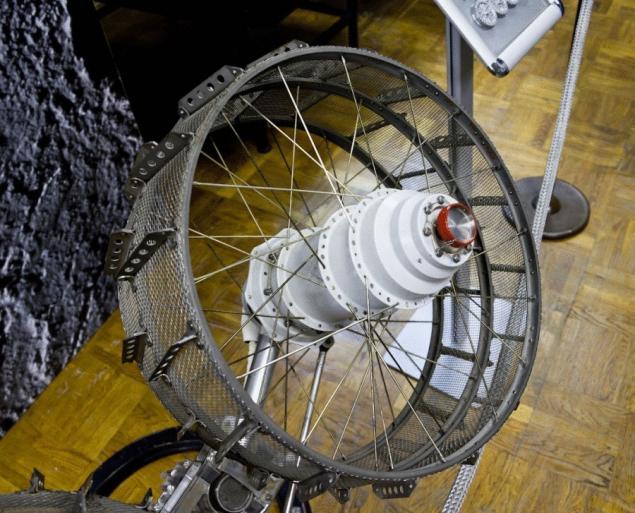
Japanese automatic interplanetary station, Sachaa
In 1985 in the framework of the "Halley Armada" also launched the first Japanese automatic interplanetary station, Sakigake (pioneer). It had sensors of ions of solar wind and plasma waves. Sakigake gathered information about the comet, but did not have on Board devices to transfer images.
See also: incredible images of the Hubble telescope
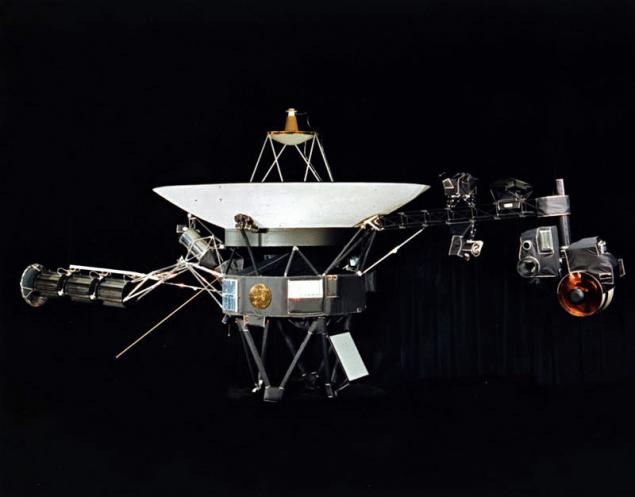
Source: /users/413
The spacecraft, which first was called the International Sun/Earth Explorer 3, launched August 12, 1978. The first mission of the unit was to study the solar wind and radiation. The second task, called the International Cometary Explorer involves the study of comet Jacobini-Zinner and Halley's comet. ICE is the first device in history it flew through its tail at a distance close to 7800 miles. His mission ended on 5 may 1997.

Interplanetary station VEGA
Soviet automatic interplanetary stations VEGA-1 and VEGA-2 was created to study the Venusian atmosphere and Halley's comet. 6 and 9 March 1986 "VEGA" passed at a distance of 8890 km and 8030 from the comet's nucleus. They received close to a thousand photographs of the comet, study its composition and characteristics of movement.
See also: 3 major cosmic threats to humanity

Japanese automatic interplanetary station, Sachaa
In 1985 in the framework of the "Halley Armada" also launched the first Japanese automatic interplanetary station, Sakigake (pioneer). It had sensors of ions of solar wind and plasma waves. Sakigake gathered information about the comet, but did not have on Board devices to transfer images.
See also: incredible images of the Hubble telescope

Source: /users/413
The biggest buildings in the world built over the past 100 years
"Smart" socket will save energy and be controlled remotely



